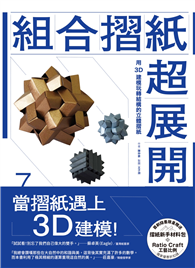Whether you're an experienced evaluator of mineral projects, a student, or a decision maker who is not a practitioner but must use evaluation results, this new book is an essential reference for your bookshelf. Designed to complement traditional engineering texts, this book emphasizes the concepts of mineral project evaluation rather than computational details. It describes various economic evaluation techniques typically employed (including conventional cost analysis, discounted cash flow, and option analysis), their uses, and their relationships with geological, technological, and financial evaluations. Also discussed are the strengths and weaknesses of commonly practiced evaluation methods.
This book explains the practical difficulties in conducting an analysis and correctly interpreting the results, as well as the use of alternative techniques. Because many existing texts do not adequately discuss the meanings and application of merit measures, such as net present value (NPV) or internal rate of return (IRR), this book represents an exciting departure from standard reference tools. Contents include:
- why NPV and IRR are both valid and useful merit measures
- the shortcomings of conventional NPV and IRR analysis
- the dangers of scenario analysis
- why conventional incremental analysis is not needed to correctly calculate IRR
- why the desire to achieve NPV-consistent IRR is misleading
- how competitive cost analysis is conducted and used
- why option pricing is an important addition to the evaluation process.
When used correctly, evaluation methods are powerful tools to help us understand the economics of investment projects. Don't miss out on this new source. Contains glossary and full index.

 看圖書介紹
看圖書介紹










